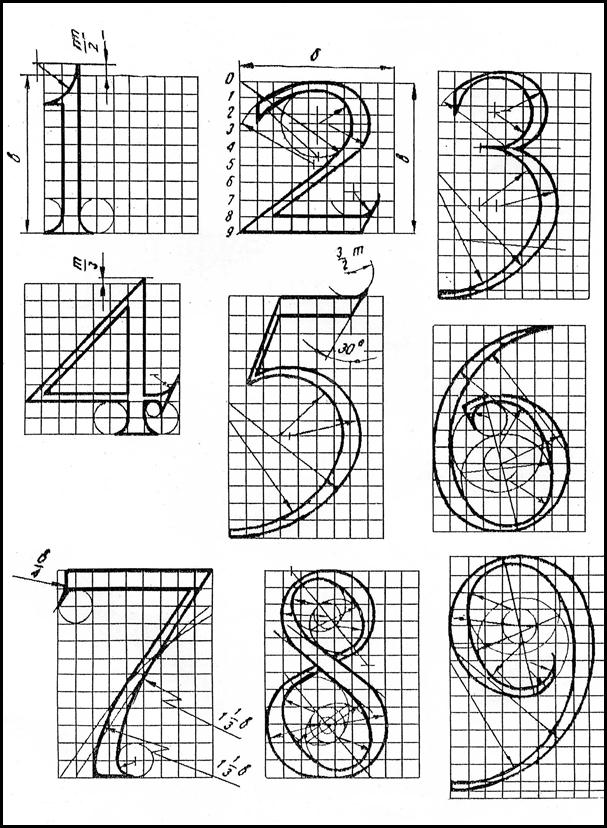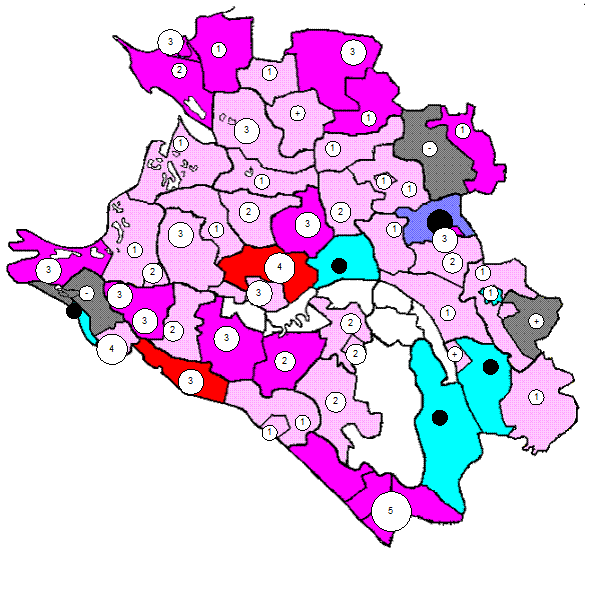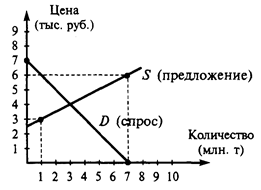Work and energy
The work done by a constant force of magnitude F on a point that moves a displacement (not distance) s in the direction of the force is the product, W=Fs For example, if a force of 10 newtons (F = 10 N) acts along a point that travels 2 metres (s = 2 m), then it does the work W = (10 N)(2 m) = 20 N m = 20 J. This is approximately the work done lifting a 1 kg weight from ground to over a person's head against the force of gravity. Notice that the work is doubled either by lifting twice the weight the same distance or by lifting the same weight twice the distance. Work is closely related to energy. The law of conservation of energy states that the change in total internal energy of a system equals the added heat, minus the work performed by the system (see the first law of thermodynamics), dE=Q-W where the symbol indicates that heat (Q) and work (W) are inexact differentials. From Newton's second law, it can be shown that work on a free (no fields), rigid (no internal degrees of freedom) body, is equal to the change in kinetic energy of the velocity and rotation of that body, W=KE The work of forces generated by a potential function is known as potential energy and the forces are said to be conservative. Therefore work on an object that is merely displaced in a conservative force field, without change in velocity or rotation, is equal to minus the change of potential energy of the object, W= -PE These formulas demonstrate that work is the energy associated with the action of a force, so work subsequently possesses the physical dimensions, and units, of energy. The work/energy principles discussed here are identical to Electric work/energy principles.
|




